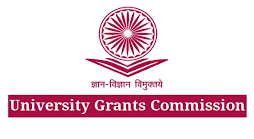
The History paper consists of all the aspects of Indian History, Pre-history, Ancient period, Medieval Indian history and Modern India including National Movement and post independent phase. It also consists of Historical Method, Research Methodology and Historiography. Since, the subject and the boundaries of Indian history are vast and comprehensive, it has been systematically analysed and synthesized into Ten Units. However, the concepts, the ideas and the terms given here would specify the extent the subject included though it is not mentioned in the units. It is to make the student realize the comprehension of the syllabus prepared.
Unit – I
Negotiating the Sources: Archaeological sources: Exploration, Excavation, Epigraphy and Numismatics. Dating of Archaeological Sites. Literary Sources: Indigenous Literature: Primary and Secondary: problem of dating Religious and Secular Literature, Myths, Legends, etc. Foreign Accounts: Greek, Chinese and Arabic.
Pastoralism and Food production: Neolithic and Chalcolithic Phase: Settlement, distribution, tools and patterns of exchange.
Indus/Harappa Civilization: Origin, extent, major sites, settlement pattern, craft specialization, religion, society and polity, Decline of Indus Civilization, Internal and external trade, First urbanization in India.
Vedic and later Vedic periods; Aryan debates, Political and Social Institutions, State Structure and Theories of State; Emergence of Varnas and Social Stratification, Religious and Philosophical Ideas. Introduction of Iron Technology, Megaliths of South India.
Expansion of State system: Mahajanapadas, Monarchical and Republican States, Economic and Social Developments and Emergence of Second Urbanization in 6th century BCE; Emergence of heterodox sects-Jainism, Buddhism and Ajivikas.



